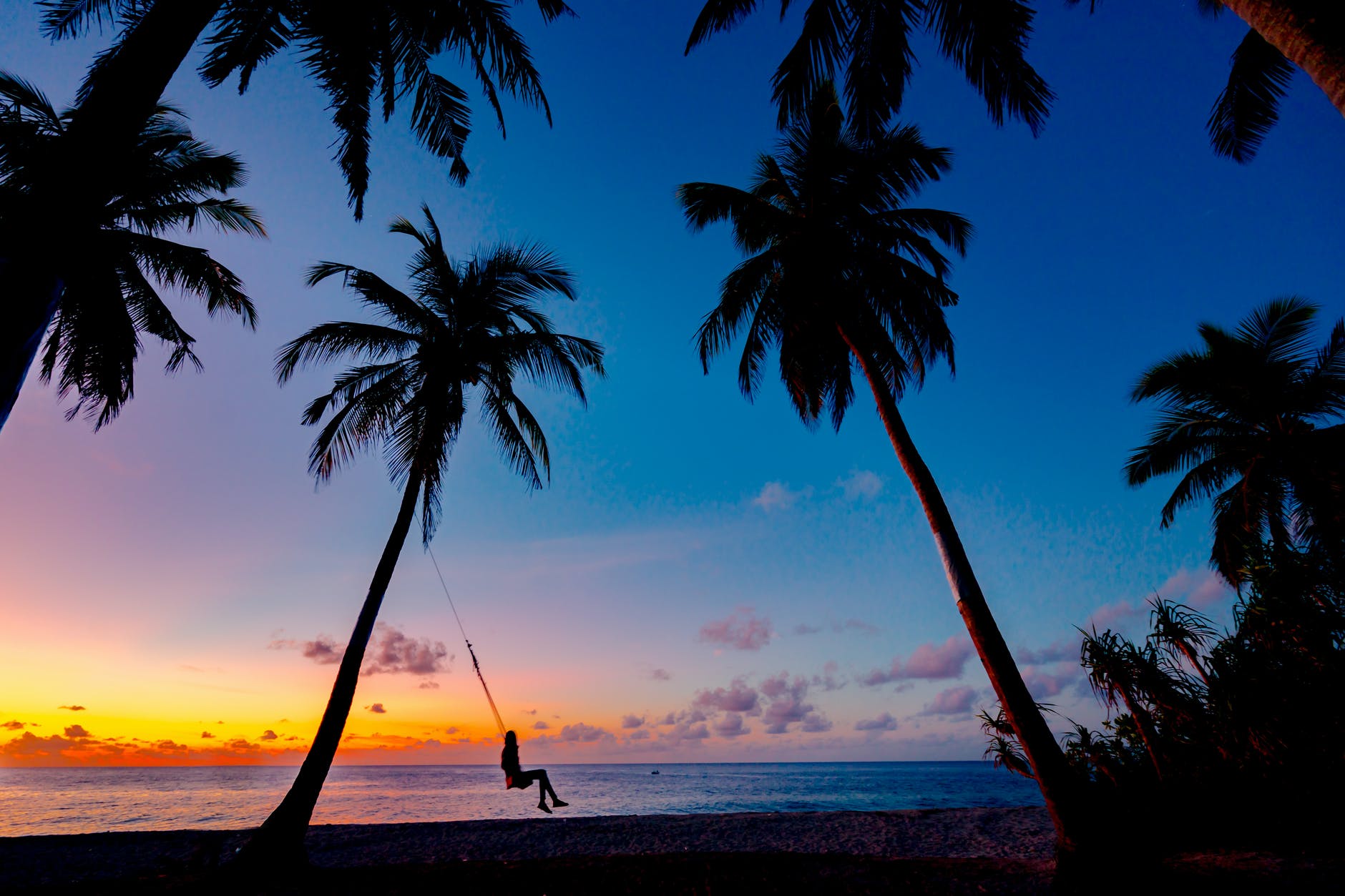

“How did it get so late so soon?”
― Dr. Seuss
“I often think that the night is more alive and more richly colored than the day.” Vincent Van Gogh.
That’s the beauty of night, bejewelled and breath taking. I think it makes a great set up for avid photographers. Photography is a play of light and night creates a backdrop which is unmatched. However without further ado, let’s begin.
Taking photos at night is a lot simpler than imagined and top quality night image can be achieved with the basic tools. With many night photography subjects, total darkness isn’t necessarily and the best time to actually do ‘night shots’ is late dusk, which is usually the preferred time. This is when there is just a bit of light left in the sky after sunset or before sunrise~ for the early rising photographer. However there is one factor to watch out for ” patience”. Successful night photography takes above all a high degree of patience, and mine has been tested many times.
Some quick tips
1.Use a Tripod ~ Can’t do without one, unless you can prop your camera on a ledge or base. The photograph in this article was taken with a make shift tripod. But at a low shutter speed a tripod is a must to avoid motion blur.
2. A high ISO is a myth ~ Using the lowest ISO setting ensures the highest quality results for your image. Your exposure will be longer, but since you’re using a tripod, this isn’t a big factor.
3. Use Bulb mode combined with self-timer and remote shutter release ~ It’s a good idea to get a remote shutter release cable to avoid any minute shaking induced by pressing the shutter release. I need to get one and am learning the hard way thinking I’d taken a great photo until I got home and saw it on the big screen.However the above photos are without the cable.
4. Use aperture setting between f/16 to f/22 for a sharp depth of field.
5. Shooting RAW ~ you’ll be able to experiment with different WB settings in post processing without penalty. However I am not a great fan of photo shop and cropping images. I rather preconceive my composition instead of editing in photo shop. I use very basic tool to work on the WB if required,no HDR (high dynamic range) and DRI (dynamic range increase) for me.
In an interview Henri Carter Bresson on the topic of cropping ” HCB: About cropping? Uh, I said in that forward, we have to have a feeling for the geometry of the relation of shapes, like in any plastic medium. And I think that you place yourself in time, we’re dealing with time, and with space. Just like you pick a right moment in an expression, you pick your right spot, also. I will get closer, or further, there’s an emphasis on the subject, and if the relations, the interplay of lines is correct, well, it is there. If it’s not correct it’s not by cropping in the darkroom and making all sorts of tricks that you improve it. If a picture is mediocre, well it remains mediocre. The thing is done, once for all.”
Conclusion
Like any other art form, photography takes time to develop and take a character of which you are the creator . Night Photography can be frustrating in the beginning, especially given the vagaries of nature . After many a failures you will figure the right balance and take pictures which are truly magical. Ofcourse one does not have to follow any of the above tips and you could come up with a technique which suits your style ~ Every sunset brings the promise of a new dawn
~ Ralph Waldo Emerson.